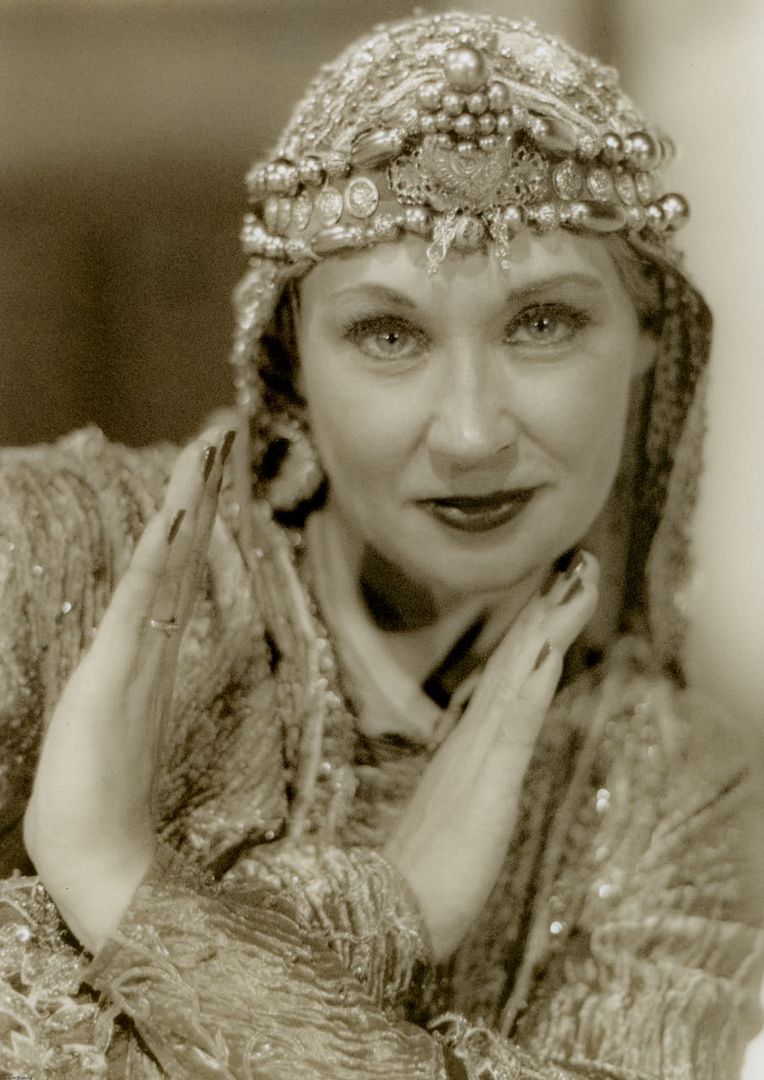In the early days of photography the image collector (Glass slide or tin plate, coated with light sensitive chemical) was not very sensitive and exposures were measured in minutes. These long exposures lead to the staged formal portraits of the time as the people had to stand very still for a long amount of time.

As the technology has improved and film replace the other mediums, exposure times have tumbled to the fractions of a second we have today, giving us the ability to freeze fast moving subjects. But the increase in sensitivity comes at a price, a loss of quality and this applies to digital as well as film.
To get a correct exposure you need to regulate the amount of light hitting the image collector, you do this with the aperture and shutter, but the sensitivity of the image collector is what stipulates what amount of light you need. As a rule of thumb for both film and digital, the higher the quality the less sensitive the image collector, this sensitivity is expressed in the film or speed rating. This rating has carried over to digital from film so the term stays the same for both, so I will refer to it as film for simplicity.
The speed rating for film is given as ISO followed by a figure. Here’s the Wikipedia explanation;
“International Standard ISO 5800:1987 from the International Organization for Standardization (ISO) defines both an arithmetic scale and a logarithmic scale for measuring color-negative film speed. Related standards ISO 6:1993 and ISO 2240:2003 define scales for speeds of black-and-white negative film and color reversal film.
In the ISO arithmetic scale, which corresponds to the older ASA scale, doubling the speed of a film (that is, halving the amount of light that is necessary to expose the film) implies doubling the numeric value that designates the film speed. In the ISO logarithmic scale, which corresponds to the older DIN scale, doubling the speed of a film implies adding 3° to the numeric value that designates the film speed. For example, a film rated ISO 200/24° is twice as sensitive as a film rated ISO 100/21°.”
So ISO 100 is slower than ISO 200, but gives a better quality image, but what does this mean in real life. Say you are taking a landscape picture in bright daylight; ISO 100 will be great, as the camera will have loads of light to play with giving you access to a wide range of shutter and aperture settings. But take away a lot of the light, say a very dull day, and you will find that the range of settings that will give a correct exposure will diminish, limiting your creative control. But by increasing the film speed you effectively increase the strength or amount of light giving back the options you had lost, at the cost of image quality.
 ( For the full story behind this image see my post on 365 to 42 on the 02/03/09)
( For the full story behind this image see my post on 365 to 42 on the 02/03/09)It’s this balance that will decide your choice, can the loss of quality be off set by the need for extra settings. For example; will the shutter speed be too low, giving camera shake to the whole image, totally ruining it, if so does the slight loss of quality but a sharp image off set this?
The real question is, how much quality is lost, this is down to you and your use for the image, ISO 100 is great but if you only look at the images on screen or in normal sized photos it is very unlikely you will notice the difference between 100 and 400, you are much more likely to see camera shake if you shoot too slow. Shooting on film you have to make the choice one film at a time, on digital you can change the setting for each shot. Even if your usage fits the above example, I would always try to keep the quality high as possible as you never known when you may take a masterpiece that you will want to print as large as it will go.







1 comment:
Excellent explanation.
Post a Comment